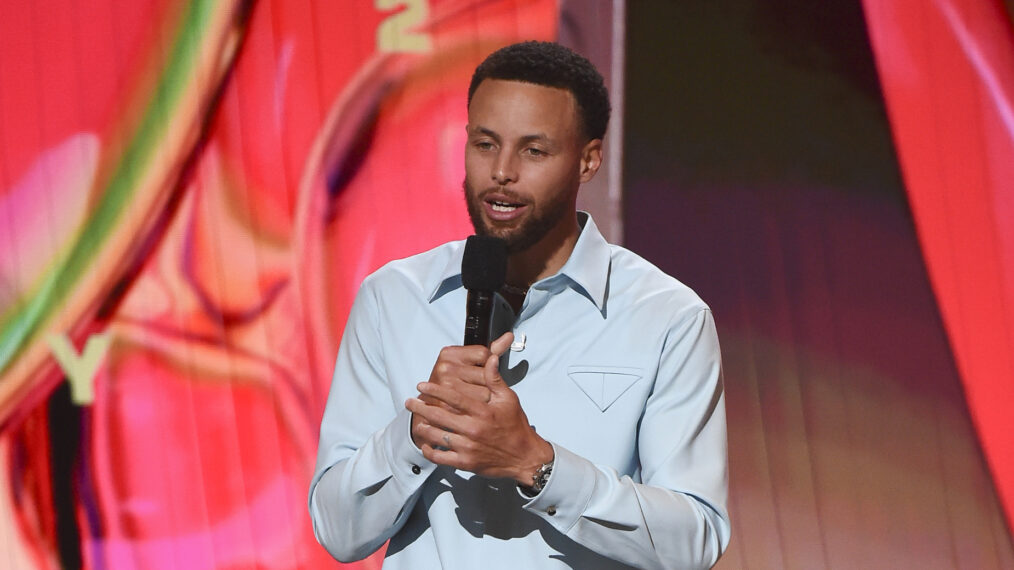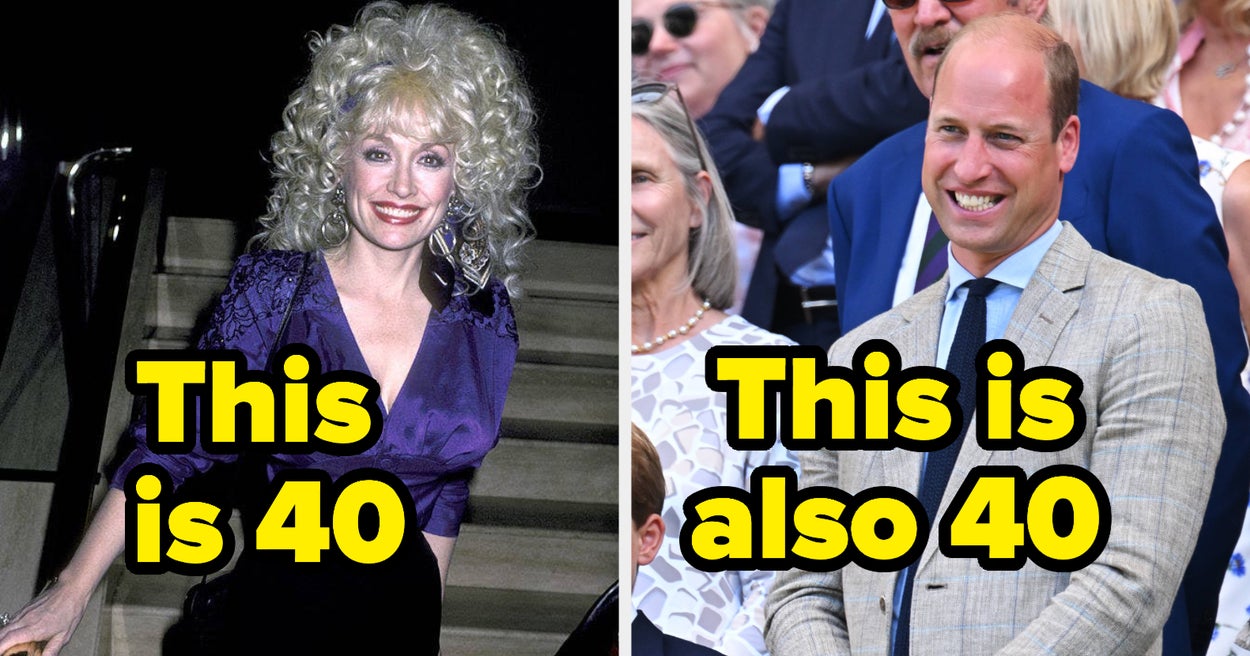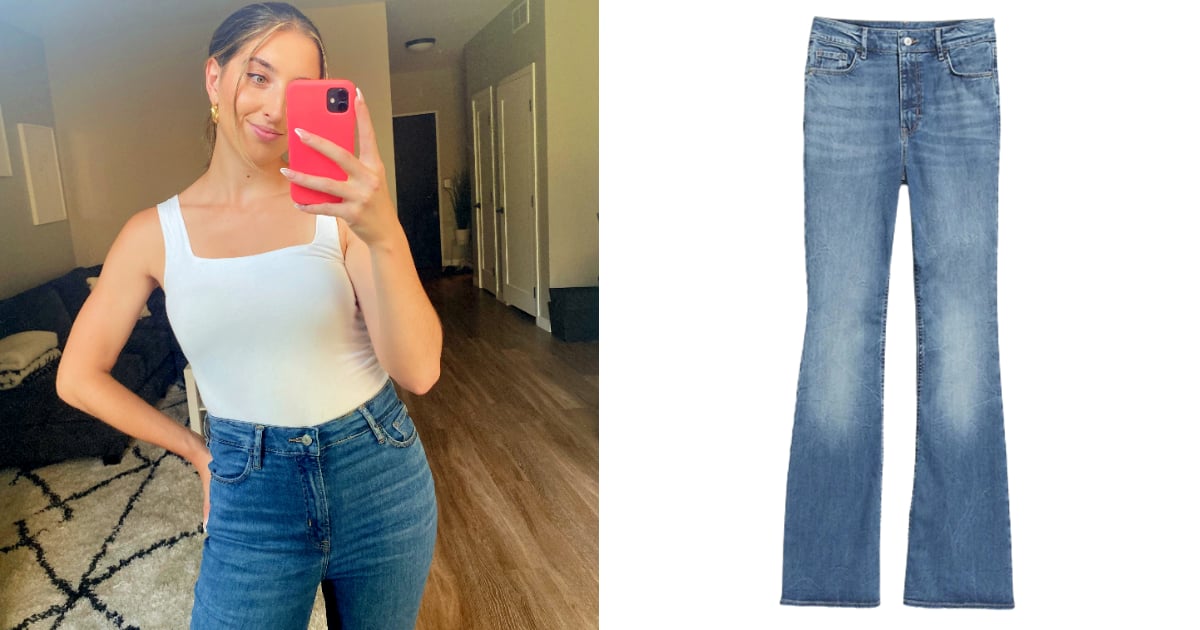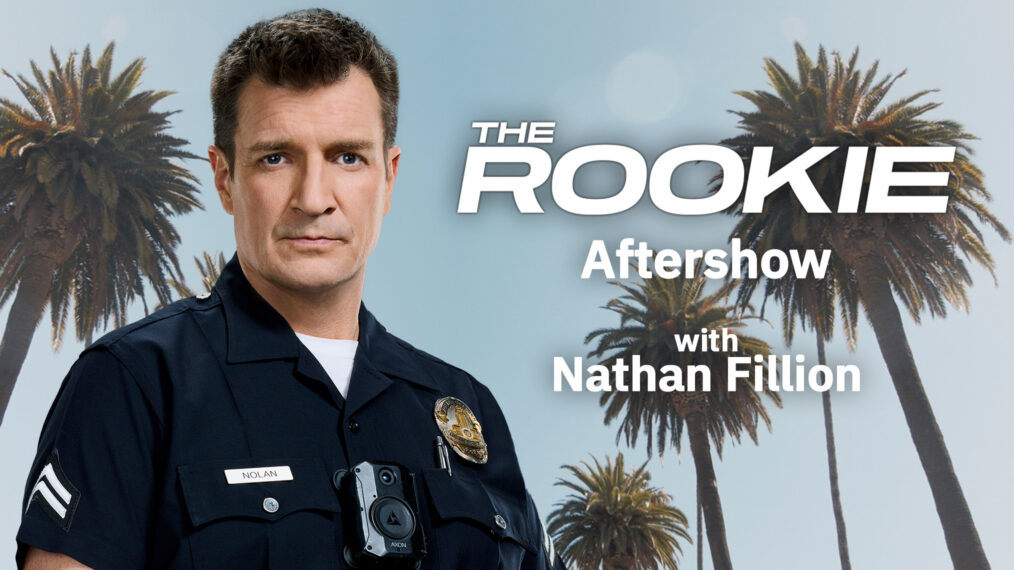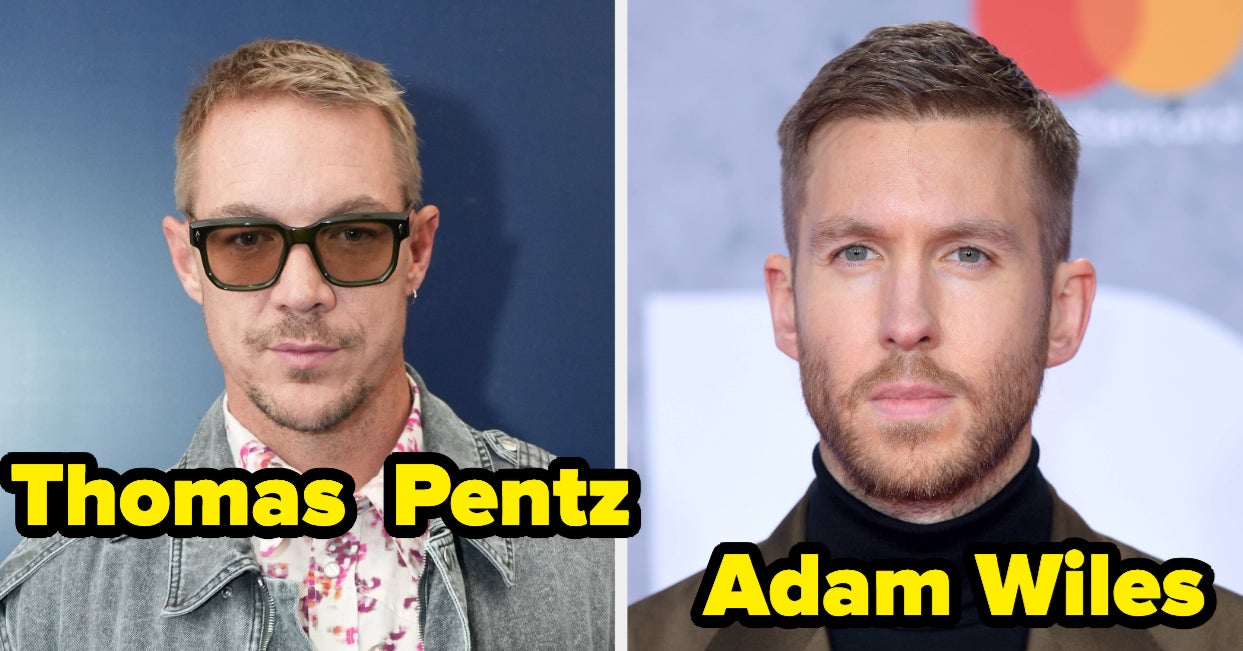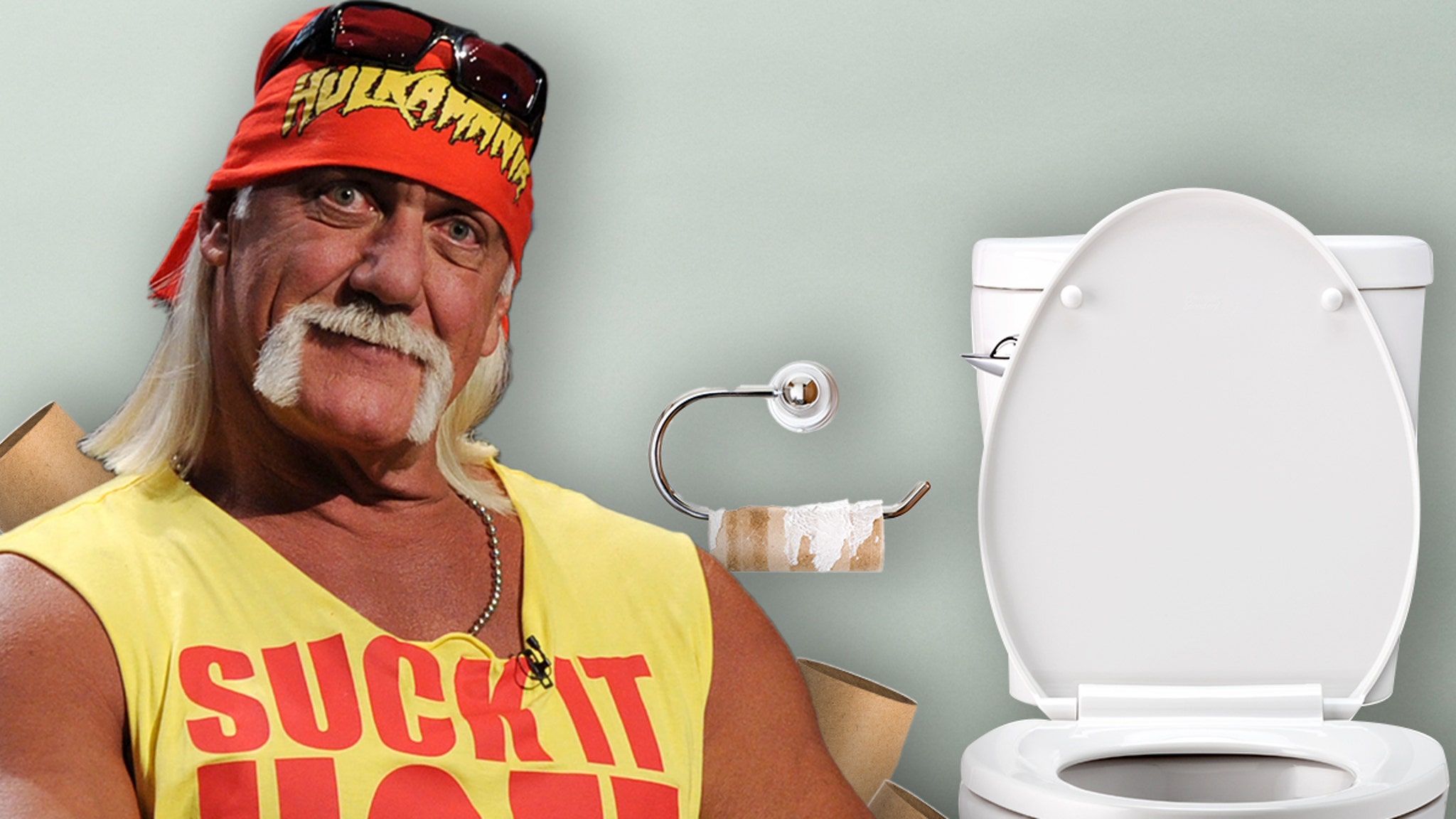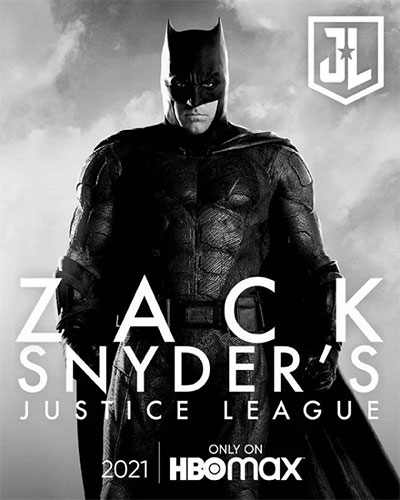
There are two ways to approach Zack Snyder’s Justice League: watch and critique it as you would any other film, or relish it as a rare second chance, a way to deliver on a vision nearly left unrealized.
Those who have been sharpening their claws for months, ready to rip into “The Snyder Cut” for all the reasons they didn’t like Man of Steel or, more likely, Batman vs. Superman, will get exactly what they wanted: a four-hour slog of questionable character development, unfocused storytelling, slow-motion action shots, and everything that makes Zack Snyder movies love ‘em or hate ‘em experiences.
But that’s a pretty nihilistic way to commit to watching a director’s cut that was, perhaps unlike any other production in history, created based on fan demand.
The better way to watch The Snyder Cut is to appreciate it for what it is: a four hour epic that is by no means a masterpiece, absolutely way too long, and flawed beyond belief, but also a significant improvement over the ugly Joss Whedon cut that serves as the theatrical version of Justice League, which proved to be a critical and financial flop. This new version has more action and delivers a more cohesive vision, and as a result is more entertaining and enthralling to watch. Unrestrained by theatrical runtimes (or much of anything), Snyder is able to add more compelling backstory to a few of the characters, notably the Flash (Ezra Miller) and Cyborg (Ray Fisher), which helps address the rushed, hurried, and haphazard nature of the original version.
For the record, I was one of the few that didn’t hate Justice League when it was released in theaters: it was a complete mess, with awkward editing, competing directorial visions, and Superman with a CGI mouth. But as a longtime DC Comics fan, there were enough entertaining moments to amuse me throughout. As for Man of Steel, I am an unabashed fan (though I’ll admit it takes itself a tad too seriously) and respect Batman vs. Superman, even if it’s an overly ambitious effort that swings and ultimately misses (like The Snyder Cut, the director’s cut of BvS is a significant improvement over the theatrical version).
In The Snyder Cut, the action scenes are well developed and creative and Snyder’s eye for visual effects are on full display. Fisher, as Cyborg, is given much more to do, though it’s readily apparent that he really needed his own introductory film rather than a debut in an ensemble film such as this (even as presented here, he is a largely unlikable and inaccessible character). Miller, as he was in the Whedon cut, is the life of the party, injecting a sense of fun and unbridled energy into the otherwise straightlaced story. Ben Affleck makes a fine Bruce Wayne/Batman, while Gal Gadot gets to kick ass in ways she didn’t in Wonder Woman 1984. Henry Cavill once again gets short shrift as Superman, his arc, if you can call it that, largely unchanged from the Whedon version.
As much as I enjoyed The Snyder Cut, it of course is far from perfect. It still suffers from Warner Bros.’ terrible decision to jump to Justice League rather than following the proven Marvel formula of introducing every character in their own film first. And the movie would have been much improved had Snyder cut 30 – 35 minutes, trimming away unnecessary moments or subplots and especially the epilogue, which is largely unnecessary and feels like ten different deleted scenes mashed together for no reason. This is where Jared Leto’s Joker appears, in a dream sequence that isn’t nearly as effective as Snyder clearly thought it was.
But there’s no denying that The Snyder Cut is a significant improvement over the Whedon cut; this feels like a fully realized film, with better special effects, superior action, and a story that makes more sense. Even if neither version is your cup of tea–which is entirely understandable–the stark differences between the two (as well as their similarities) should make for fascinating film study discussions for years to come.
Review by Erik Samdahl unless otherwise indicated.


























































![Mason Ramsey – Twang [Official Music Video] Mason Ramsey – Twang [Official Music Video]](https://i.ytimg.com/vi/xwe8F_AhLY0/maxresdefault.jpg)






